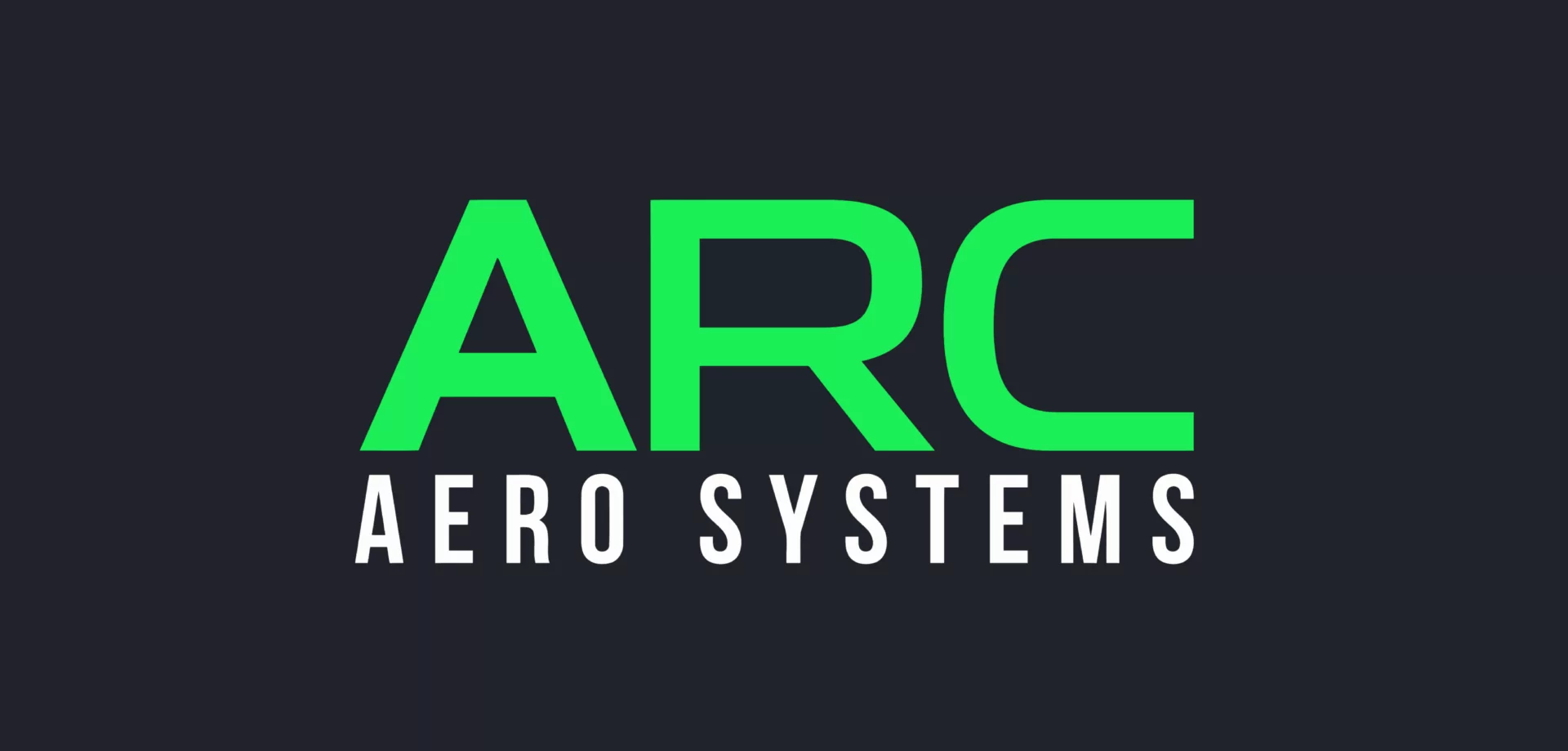British eVTOL developer ARC Aerosystems has been working on its unique manned and unmanned aircraft since 2018. Seyed Mohseni, CEO and founder at ARC, explains why there has never been a more exciting time for the industry.
The aviation industry has always been at the forefront of technological developments, and the new wave around eVTOL aircraft is testament to this. The industry is on its way to a 3rd aviation revolution with connectivity and sustainability at its heart.
It’s an emerging sector with so many opportunities for engineers, investors, and those who can really benefit from the developments being made.
As a sector, we’re not that far away from having craft available for commercial production, but one of the biggest challenges the industry faces is regulation. For eVTOL aircraft, there are plenty of challenges which differ from more traditional craft, especially when it comes to thinking about autonomous flight.
Producing and testing aircraft
Right now, the whole sector is at an exciting stage in terms of producing and testing these aircraft. The outlook is bright, with the predicted use cases being able to create a revolutionary impact in terms of transport, cargo and emergency response.
In the next few years we’re going to see some big developments for eVTOL production, and are likely to start seeing the first products coming to market.
At ARC, we’ve already built seven generations of our aircraft – all of them having successful test flights. With the successful 100 per cent transition testing of our ARC C150, and the 100 per cent transition test for the C600 on the horizon, we’re well on the way to reaching our end goals. The C600 can carry a 150 kg payload, and will initially be set to support natural disasters and emergency services, with a move towards civil applications like delivery in the longer term.
We’re already working on new design concepts for safe and practical transport options which we are looking forward to sharing soon. Our long term goals, as with others in the industry, go beyond the aircraft and look at how we can change the way logistics and transportation operates for the better. For us, it’s all in the name: Advanced Regional Connectivity – providing crucial transport and cargo links which are affordable and accessible, whilst also meeting the goals of being environmentally friendly. What we really hope to improve is the quality of life for people in rural communities, providing connectivity to places that have little infrastructure and have struggled to access the resources they need.
Challenges to overcome
But across the whole industry there are still plenty of challenges to overcome. One of the tenets of eVTOL development is sustainability, with the new technology being developed offering a great way for aviation to work towards meeting much needed environmental targets. Part of this is also ensuring we consider our environmental impact as the technology continues to develop, making sure that we consider which options are genuinely best.
For instance, there is a lot of conversation around the idea of an urban air taxi, and there will be an upcoming industry white paper on this soon, but in reality, it’s not necessarily an environmentally friendly option. Flying over densely populated areas is a challenge, and is expensive, particularly with the costs involved in certification and ensuring safety is paramount in those kinds of environments. Instead, there’s a lot more benefit to be found in rural areas where the infrastructure is already lacking.
Infrastructure hurdles
There are also infrastructure challenges to contend with. Whilst eVTOL craft stand out because of their ability to take off and land without runways, there are still considerations around electric charging, and providing the wider infrastructure to maximise the efficiency of these new craft.
But even after appreciating these challenges and constraints, there are still plenty of attractive opportunities for eVTOL innovation. The vision behind our company is practical and achievable – we aren’t trying to work on plans which are beyond what we can deliver. There is a lot of potential in this industry to seize, and now is a crucial time to deliver these goals within the sector as a whole.
News Source: Farn Borough International


